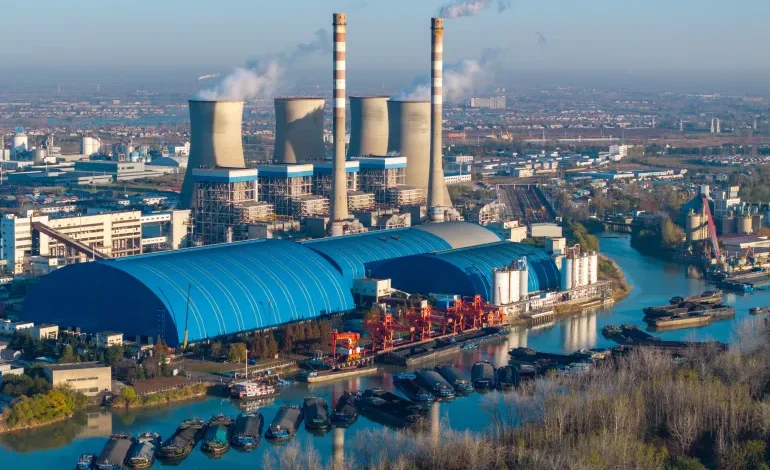China’s failure to meet a key carbon emissions target has raised concerns about its ability to achieve carbon neutrality, potentially jeopardizing global efforts to combat climate change, Al Jazeera reports.
The National Bureau of Statistics reported that China’s carbon intensity – a measurement of carbon emissions per unit of gross domestic product (GDP) – fell by only 3.4 percent in 2024, falling short of Beijing’s official target of 3.9 percent.
This setback also puts China behind its longer-term goal of slashing carbon intensity by 18 percent between 2020 and 2025, a target set by the Chinese Communist Party (CCP) in its most recent five-year plan.
Under its “dual targets,” President Xi Jinping has pledged to reach peak emissions before the end of the decade and carbon neutrality by 2060.
China’s progress is being closely monitored globally due to its dual role as the world’s top polluter – responsible for about 30 percent of global emissions – and the world’s leading investor in renewable energy. The country’s success or failure in meeting its emissions targets will have major implications for the international community’s efforts to limit global warming to 1.5 degrees Celsius (2.7 degrees Fahrenheit) above pre-industrial levels, a benchmark set by the United Nations to avert “catastrophic” climate change impacts.
The likelihood of keeping the planet below the 1.5C threshold is already in question, after 2024 became the first calendar year in history where temperatures exceeded the limit.
While carbon intensity is just one of the benchmarks used by Beijing, it provides important insights into how decarbonization is progressing across the economy, said Muyi Yang, a senior energy analyst at Ember, a UK-based global energy think tank.
According to Yang, China’s heavy reliance on industrial growth to recover from the COVID-19 pandemic-induced economic slump has led to a recent surge in energy demand. While China’s economy officially grew 5 percent in 2024, electricity demand surged by 6.8 percent year-on-year, according to government data, leading to a 0.8 percent year-on-year increase in carbon emissions.
Record heatwaves have further hampered emission reduction efforts by disrupting energy production at hydropower dams, forcing authorities to compensate with coal power.








The latest news in your social feeds
Subscribe to our social media platforms to stay tuned